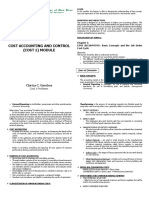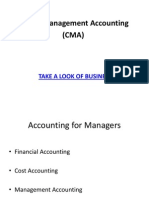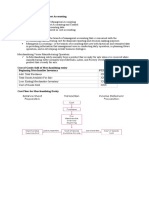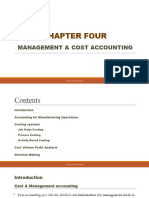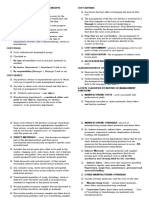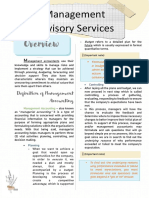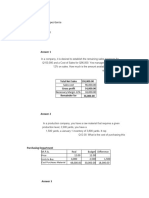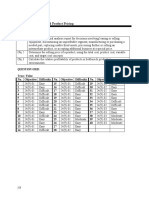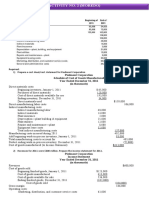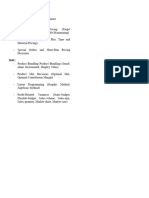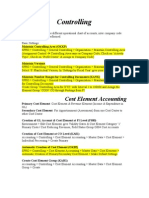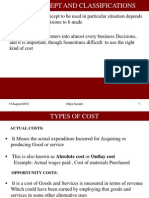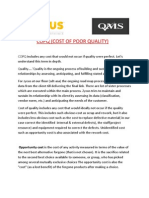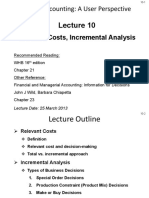0% found this document useful (0 votes)
41 views11 pagesManagement Accounting 1-4
The document provides an overview of management accounting, covering key concepts such as cost terms, the distinction between managerial and financial accounting, and the importance of strategic cost management. It details various costing systems including job costing and process costing, as well as the implications of activity-based costing. Additionally, it outlines ethical standards for management accountants and introduces a practical exercise related to manufacturing overhead allocation.
Uploaded by
Thai Thuy DuongCopyright
© © All Rights Reserved
We take content rights seriously. If you suspect this is your content, claim it here.
Available Formats
Download as DOCX, PDF, TXT or read online on Scribd
0% found this document useful (0 votes)
41 views11 pagesManagement Accounting 1-4
The document provides an overview of management accounting, covering key concepts such as cost terms, the distinction between managerial and financial accounting, and the importance of strategic cost management. It details various costing systems including job costing and process costing, as well as the implications of activity-based costing. Additionally, it outlines ethical standards for management accountants and introduces a practical exercise related to manufacturing overhead allocation.
Uploaded by
Thai Thuy DuongCopyright
© © All Rights Reserved
We take content rights seriously. If you suspect this is your content, claim it here.
Available Formats
Download as DOCX, PDF, TXT or read online on Scribd
/ 11













